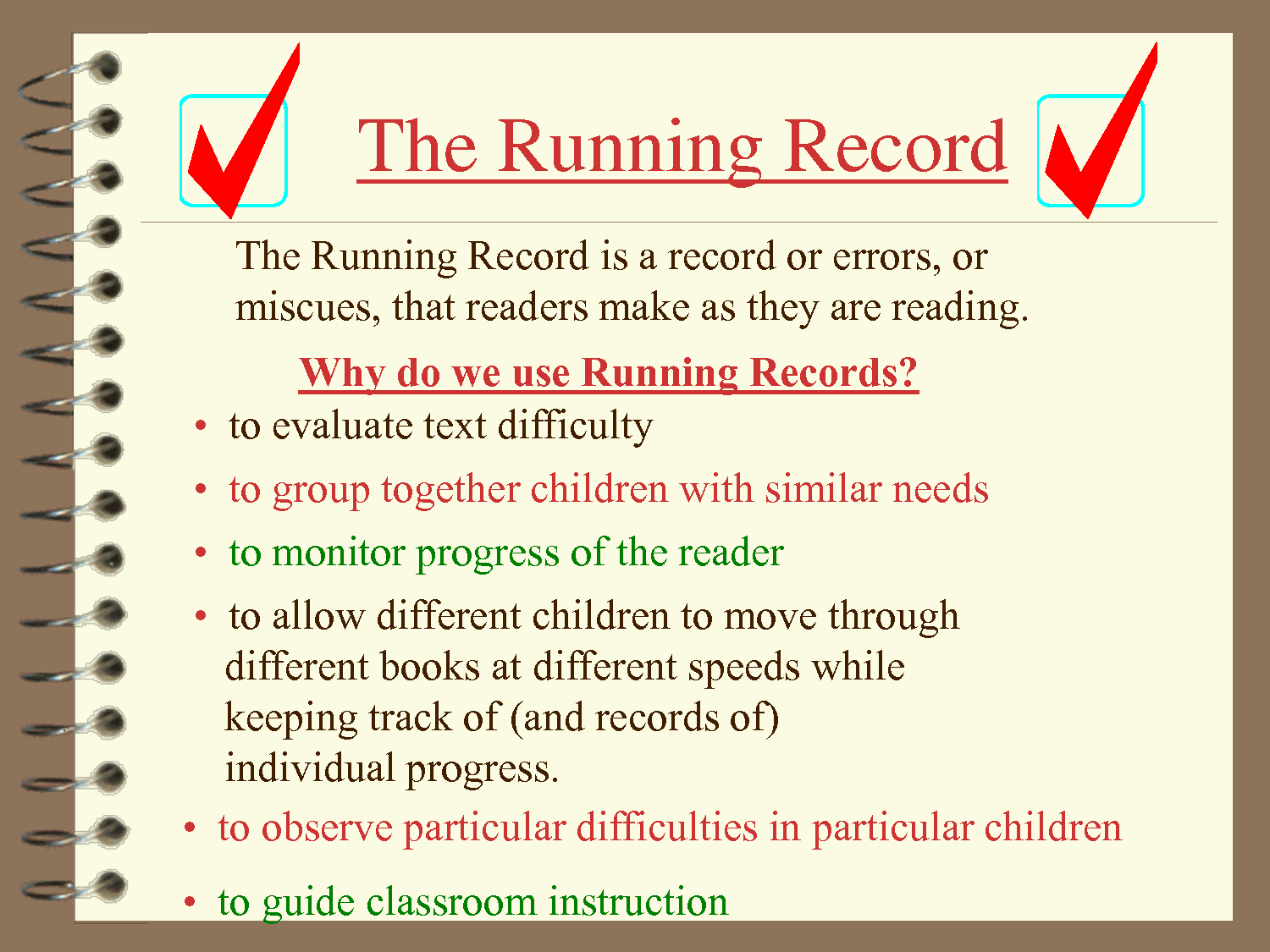A running record observation is a method of collecting data on a child's behavior and language during a naturalistic interaction or activity. It is a detailed, moment-by-moment account of a child's actions and words, as well as the responses of the adults and other children present. Running record observations are a valuable tool for educators, as they provide a rich source of information about a child's development, learning style, and strengths and challenges.
One way to conduct a running record observation is to choose a specific activity or interaction to focus on, such as a child playing with a toy, participating in a group activity, or having a conversation with an adult. The observer then sits or stands nearby and records the child's actions and words, as well as the responses of others, using a predetermined set of codes or symbols. For example, the observer might record the child's use of new vocabulary words, instances of problem-solving, or instances of social interaction.
One of the advantages of a running record observation is that it allows the observer to capture the child's behavior and language in real-time, providing a more accurate and comprehensive picture of the child's development. It also allows the observer to see how the child responds to different stimuli and how they interact with others. This can be especially helpful for identifying areas of strength and challenge for the child, and for identifying ways to support their learning and development.
Running record observations can be conducted in a variety of settings, including classrooms, homes, and community centers. They are often used in conjunction with other methods of data collection, such as anecdotal records and formal assessments, to provide a more complete picture of the child's development.
While running record observations can be time-consuming and require careful attention to detail, they can be an extremely valuable tool for educators and other professionals working with children. By providing a detailed account of a child's behavior and language, running record observations can help educators understand the child's needs and strengths, and develop strategies to support their learning and development.



